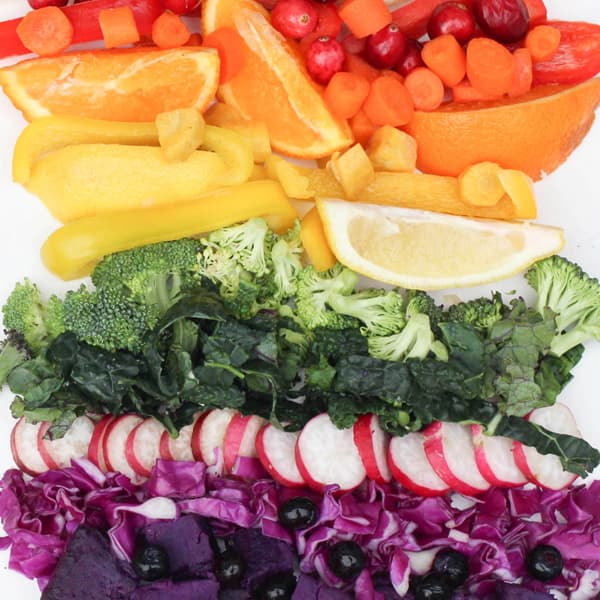Topic summary contributed by volunteer(s): Linda
Cancer is the #2 killer in the United States, and diet may be the #1 cause of cancer. The balance of evidence suggests that a whole food, plant-based diet may help prevent, treat, slow, and even reverse cancer progression. It’s never too late to start eating healthier, as cancer risk may drop after starting a plant-based diet at any age.
Some reasons why plant-based diets may be effective include lowering methionine intake, inhibiting angiogenesis, intercepting carcinogens, and increasing fiber and antioxidants. Populations eating diets centered on whole plant foods have lower rates of cancer. Eating lots of fruits and vegetables—at least 9 daily servings may boost detoxifying enzymes, lower inflammation, lower cholesterol, and make for healthier bowel movements, ridding the body of excess estrogen and cholesterol.
Consumption of animal products appears to increase the risk of cancer.
For substantiation of any statements of fact from the peer-reviewed medical literature, please see the associated videos below.








































